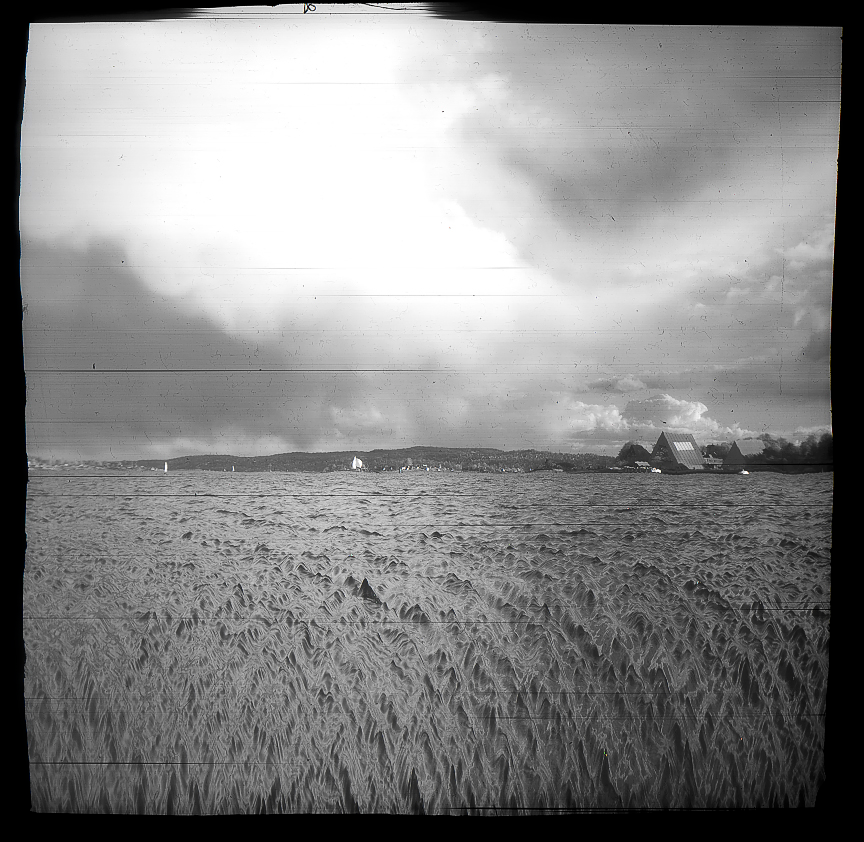this post was submitted on 28 Jul 2024
218 points (97.4% liked)
Photography
4404 readers
36 users here now
A community to post about photography:
We allow a wide range of topics here including; your own images, technical questions, gear talk, photography blogs etc. Please be respectful and don't spam.
founded 1 year ago
MODERATORS
you are viewing a single comment's thread
view the rest of the comments
view the rest of the comments

Just a minor addendum, 44.1 kHz wasn’t really ideal for human hearing; it’s not quite double the highest audible frequency for a lot of humans. The frequency was chosen for audio CDs because the data was recorded onto U-Matic video cassette tapes for duplication (if you watched the tapes back connected to a TV it looks like a black and white checkerboard but the squares switch rapidly and randomly) and 44.1 kHz was the most that could reliably fit on the tape. It worked well enough since most of the sounds recorded are under 22 kHz, but it’s a contributor of why some people say CD audio isn’t as good as a high-quality analog recording. A lot of non-CD digital audio like the audio for digital video or higher resolution digital audio prefers 48 kHz or a multiple of that, like 96 or 192 kHz.
Of course there’s some ancient broadcast standard at the bottom of 44.1khz, thanks for the clarification! (I work in film/TV and still struggle with explaining explaining ‘illegal’ values to some clients on certain deliverables)